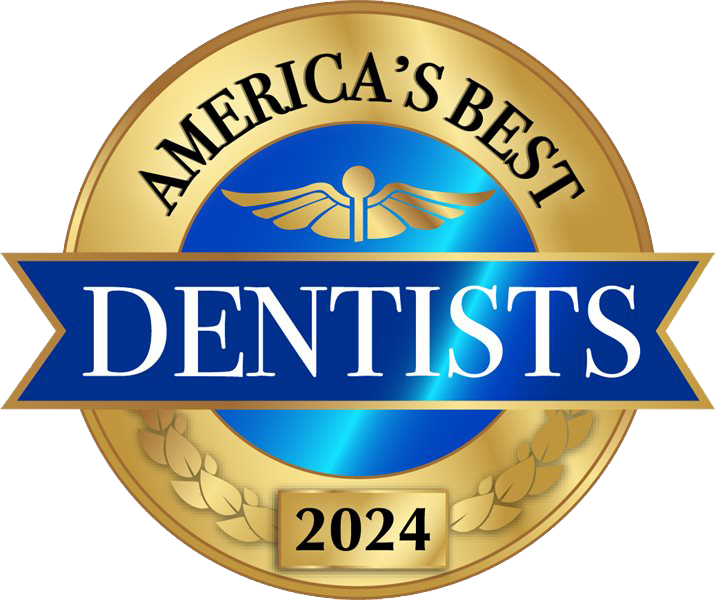Blog Layout
3 Major Signs of Gum Disease
Cherrywood Dental • Oct 19, 2016
Gum disease can be the beginning of the end for your smile, your oral health, and your daily comfort. But getting acquainted with the symptoms could save you from ever experiencing periodontal disease. That’s because it takes time for gum disease to develop. And the early stages are highly treatable, with improved oral hygiene and some in-office deep cleanings.
You owe it to yourself to learn more about the major signs of gum disease. Keep them in mind when you’re considering your own smile, and get in touch if you ever notice changing teeth and gums.
Evaluate Your Gum Disease Risk
While knowing the typical signs of disease is necessary, some patients need to be more wary than others. There’s a wide range of genetic factors, personal habits, and systemic diseases that impact the development of periodontal disease. And, we’re always learning more about complicating factors that may be present in your body or life.
Patients who fit into one or more of these categories should be particularly vigilant:
- Family history of gum disease – Some of us are genetically susceptible to gum disease. Learning whether your relatives have experienced gum health problems will help you get an idea of what to expect.
- Tobacco use – Smoking and chewing tobacco are linked to cancer, lung disease, heart disease, and gum disease. Some research has shown that tobacco is the most significant risk factor related to periodontitis.
- Complicating conditions – Ongoing research is showing that more and more systemic health problems could have an impact on your likelihood of developing gum disease. Heart disease, diabetes, arthritis, and more could impact your gums due to a mouth-body connection.
- Age and gender – Older people have a higher likelihood of gum disease – over 70% of Americans 65 and older have periodontal disease. If you fall into that group, be sure to practice good oral hygiene and see your dentist at least twice annually.
- Taking certain medications – Some medications can lead to dry mouth and other oral health concerns. If you’re taking oral contraceptives, anti-depressants, certain heart medications, or anything else with an oral health mention on the warning label, be sure to let your dentist know.
- Compromised immunity – If you have an autoimmune disorder, it will be more difficult for you to avoid gingivitis and subsequent periodontal disease.
- Poor nutrition – If you’re not getting a well-rounded collection of nutrients, it’s tougher for the body to fight off infection. Be sure to eat fresh fruit and vegetables and follow a healthy diet.
- Bruxism – Clenching and grinding places excessive force on your periodontal ligament and soft tissues, and can worsen existing periodontal problems.
How Do I Know if I’m Developing Periodontal Disease?
The scariest part of periodontitis is that it can be difficult to notice, especially in its earliest stages. Gingivitis, the first stage of disease, is characterized by swollen gums, with mild inflammation. There may be other symptoms that arise, but gingivitis is typically painless – you’re not going to clue into the signs unless you’re paying attention. Gingivitis can be reversed simply, with heightened oral hygiene and thorough home care. But many patients don’t realize that’s necessary, and once they receive a diagnosis it’s too late for home treatment.
Periodontal disease’s subtle symptoms are part of what makes regular dental exams absolutely necessary. A professional eye will spot symptoms immediately – you just have to get into the dental chair. The 3 most common signs of disease are below so that you know when to take action.
- Swelling – Your tissues become inflamed when the body is working to fight off infection. This is because the body is attempting to isolate the bacteria and prevent it from spreading.
- Bleeding – The gums may not bleed on their own, but you’ll probably notice bleeding at the gum line when brushing or flossing. Note – if you haven’t been flossing for a while and have just started, there will probably be some bleeding, and this isn’t necessarily a sign of disease. As long as the bleeding stops within a week of consistent flossing, you’re good.
- Discoloration – Your gums may become deep red or purple at the margins of your gums, where they meet the teeth. If you notice the color of your gums changing, get in touch right away.
What Else to Watch For – Your Changing Mouth
The symptoms we just listed are the primary signs of infection, so it makes sense that they’d play a large role in diagnosing periodontitis. But the increased presence of bacteria in the mouth has other ramifications, including:
- Bad breath – The excess of bacteria will impact your breath. No amount of brushing or mints will make this bad breath fade. The infection needs to be treated to see results.
- Bad taste in the mouth – The bacteria will also cause a bad taste in your mouth that doesn’t go away.
- Receding gums – As infection progresses, your gums lose their tight hold on your teeth and the gum line recedes.
STARTING PERIODONTAL TREATMENT
We offer laser gum disease treatment to make your healing process as comfortable as possible. The addition of a dental laser boosts healing and tissue reattachment, and reduces the risk of reinfection. If you’re ready to learn more, schedule a free consultation to speak with our staff. Don’t hesitate – the sooner you start the process, the simpler it will be.
© 2024
All Rights Reserved | Cherrywood Dental Associates
781-469-0771
301-973-6160
Website designed and maintained by Xpress, INC

